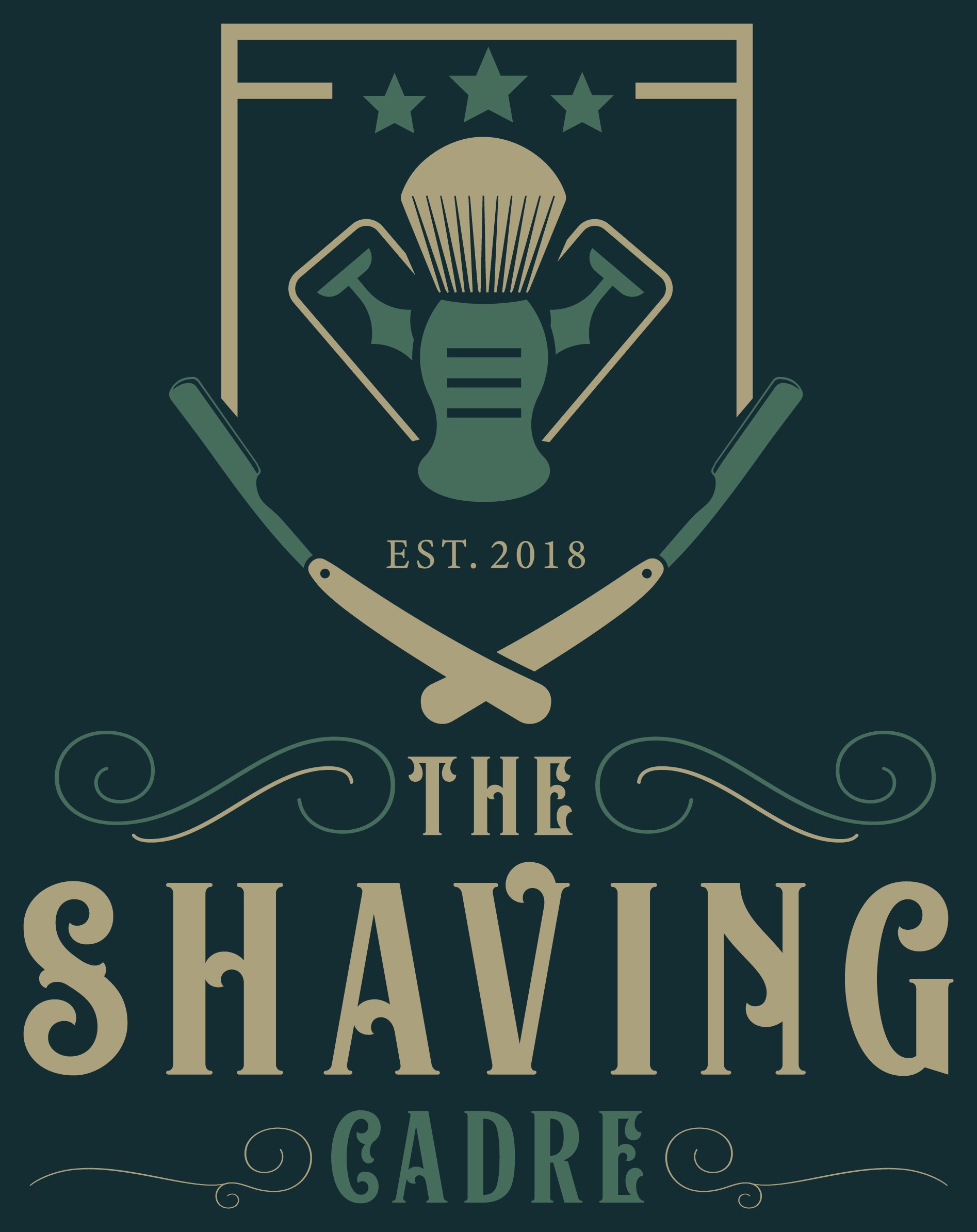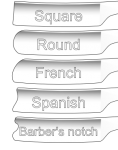Over the past few months or looking through different vendors of vintage straight razors I've noticed that the vast majority of them are square point.
When did round points start becoming popular? Was it a change in culture? Maybe engineering advances made them easier to manufacture more consistently?
I'm sure I could find a very specific Google answer, but I'd like to see what your opinions are on the subject.
When did round points start becoming popular? Was it a change in culture? Maybe engineering advances made them easier to manufacture more consistently?
I'm sure I could find a very specific Google answer, but I'd like to see what your opinions are on the subject.

